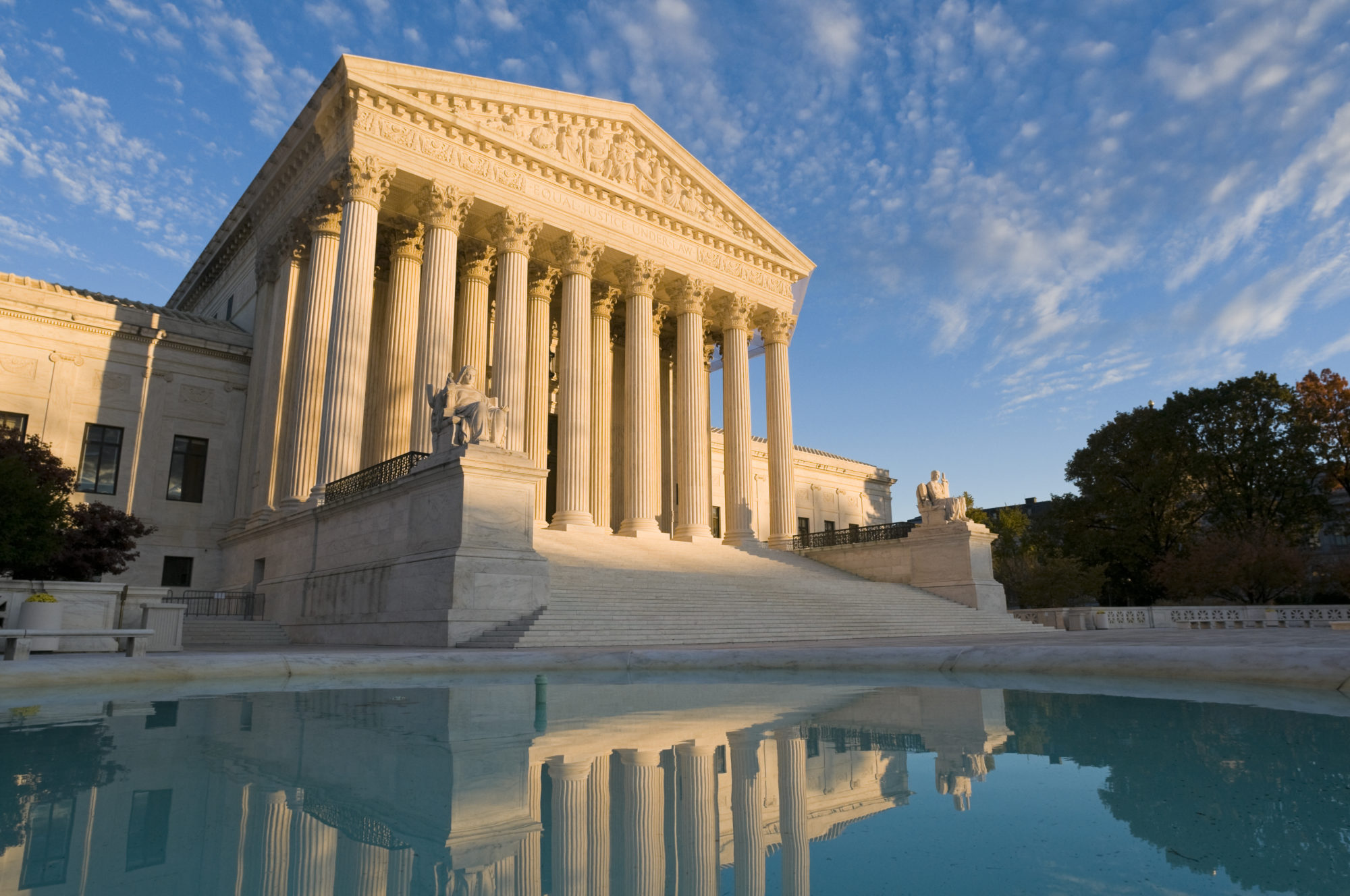Applying forecast techniques to patent cases
Court watchers and interested parties pay close attention to the ebb and flow of oral argument in individual cases. Usually the best way to understand oral argument is to read the briefs and listen to the argument, but there is also mounting evidence that a more quantitative approach is useful in predicting the votes of individual justices and, ultimately, case outcomes. A big data approach allows for analysis that is not possible in a case by case analysis: for instance, it is not feasible to listen to every case in order to discern what historical trends are emerging in judicial behavior since 1955.
The disagreement gap
In our forthcoming article, The New Oral Argument: Justices As Advocates, we show that the justices overwhelmingly tend to have more to say to the party they ultimately vote against. Sarah Shullman made this suggestion in 2004 based on a study of cases from the 2002 Term; John Roberts came to the same conclusion in a 2005 article before he was appointed to the Bench; and Johnson, et al, among others revisited the issue in 2009.
In The New Oral Argument we show that this disagreement gap has been a feature of Supreme Court oral argument since at least the 1960s but that the size of the gap ballooned in the mid-1990s and has been increasing ever since. We also have a number of other metrics, taking into account more granular data including word counts, interruptions, and the difference between questions and comments, all of which we show follow patterns that help predict case outcomes.
Reduction to practice
Our disagreement gap analysis in the figures below shows the difference between the number of times each justice spoke to counsel for petitioner and counsel for respondent. Because being spoken to more often is actually a very bad sign for the advocate, we then invert those numbers so that a positive score reflects a gap favoring the petitioner (dark navy bars) and negative scores favor the respondent (red bars). Those bars reflect not only speech episodes to each side, but the ratio of questions to comments, patterns of interruptions, and other factors. We also indicate uncertainty or a “weak signal” from the data where appropriate (gray bars). The actual votes of the justices in these cases are indicated on the right-hand side of the figure.
In preparation for this year’s Supreme Court IP Review at the Chicago Kent Law School, Professor Ed Lee asked us whether there was anything interesting to report from the oral argument data for last term’s patent cases. We thought it was a great opportunity to test out some predictive models we have been working on, by applying our metrics to last Term’s intellectual property cases, and seeing if the outcomes could have been predicted based on their oral arguments.
WesternGeco LLC v. ION Geophysical Corp

SAS Institute Inc. v. Iancu

Oil States Energy Services, LLC v. Greene’s Energy Group

After reading the briefs, listening to the argument, and crunching the numbers, we predicted a 7-2 vote in favor of the respondent, with Justice Breyer concurring. Happily, this proved to be the exact outcome. Understanding the issues in the case and the substance of Justice Breyer’s comments and questions, we were confident that our model was misleading in this particular instance. However, the model was extremely useful in helping us to read the intentions of Justices Alito and Kennedy.
Patterns are not rules, and so even a very accurate metric will not accurately predict every judicial vote in every case. Hence in Oil States, we adjusted the empirical prediction in accord with what we heard of Justice Breyer’s tone. But by analyzing trends and patterns, we are able to go beyond impressionistic accounts in predicting case outcomes. The proof will be in the pudding, so check in here for our forecasts, and check back to see how they line up with the ultimate case outcomes.

You must be logged in to post a comment.